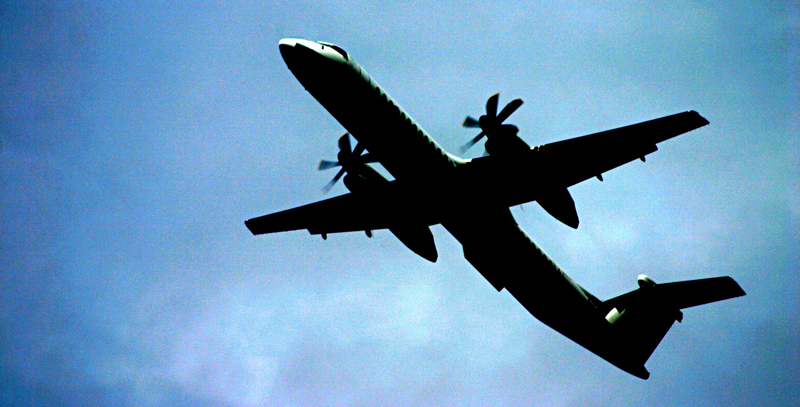“T he average domestic air fare decreased to $363 in the fourth quarter of 2015, down 8.3 percent from $396 in the fourth quarter of 2014, falling to the lowest level since 2010, adjusted for inflation,” according to this report from the Bureau of Transportation Statistics of the Department of Transportation of the United States.
Two Reasons Why Profits Have Steadily Increased For Airlines as Airfares are Lowest in Five Years
“But at the same time, U.S. airlines have been reporting steadily higher profits in recent years. How can this be?” asked Chris McGinnis of TravelSkills in this article — and he answered them…
…although keep in mind when reading this article that the report from the Bureau of Transportation Statistics appears to deal solely with domestic airfares within the United States and not account for international airfares.
Revenue From Ancillary Fees Has Steadily Increased
Ancillary revenue projected for airlines worldwide was expected to reach $59.2 billion in 2015 — more than double the $22.6 billion from five years earlier, according to this article I wrote back in January of this year — continuing a trend of increased revenue which has occurred every year since 2010 despite the trend of decreasing airfares for domestic flights within the United States.
This means that passengers have been voluntarily — in many cases, anyway, which is arguable — paying ancillary fees to airlines for products and services which they want and not from the cost of airfares themselves.
Fees which are generated by activities and services implemented by airlines beyond the core purpose of the transportation of customers from one point to another is what yields ancillary revenue. This wide range of activities and services — which purportedly provides more options for consumers while simultaneously more profit for airlines — includes but is not limited to:
- Commissions gained from the bookings of external products and services such as hotel and rental car reservations
- The sale of frequent flier loyalty program miles to partners
- The offering of benefits and perks — such as upgrades and airport lounge access — for a fee
- The provision of a la carte services — such as fees for checked luggage, expedited access in boarding an airplane, and payment options for access to in-flight entertainment
Lower Fuel Costs
When the cost of a major commodity necessary to operate a business significantly decreases while revenue increases, that typically translates into profit; and that is what has been happening with the airlines in general — notwithstanding the art of fuel hedging, of course — over the past couple of years.
The cost of fuel had declined sharply over the past couple of years; and despite the recent increase in the price of oil, fuel prices are still nowhere near their highest levels. This means that — despite supposed decreased revenue from domestic airfares within the United States — pocketing the difference provided by lower fuel costs allows for increased profits for the airlines.
Summary
Lower fuel costs will not last forever — in fact, the price of oil has been increasing over the past few months — but revenue from ancillary fees show no signs of abating anytime soon.
The commercial aviation industry seems to be heading more towards a business model similar to a company which manufactures printers: sell the printer inexpensively — perhaps even as a “loss leader” — and then sell inks, parts and other supplies and consumable items at a premium where the company realizes its profits.
This is supported by the following statement from the aforementioned report from the Bureau of Transportation Statistics: “U.S. passenger airlines collected 75.0 percent of their total revenue from passenger fares during the third quarter of 2015, down from 87.6 percent in 1995” — meaning that ancillary fees, sales from other services such as cargo, and less expense in terms of significantly lower fuel costs are what increasingly contribute to the bottom line of airlines.
What this means for you depends on your travel habits: if you are like me — the type of person who packs and travels light, does not drink alcoholic beverages, can withstand sitting in a seat in the economy class cabin despite the length of the flight, does not need to access a lounge, and brings your own in-flight entertainment — then you are one of the lucky people who is saving money on flying as a passenger on an airplane in general…
…but if you pay extra to travel with several pieces of luggage and enjoy optional services and amenities, you have likely been increasingly paying more for your total cost of travel over the past five or more years; and if you are looking to save money on travel, now is as good of a time as any to assess your travel expenses and figure out what you can pare down and live without.
Photograph ©2016 by Brian Cohen.

